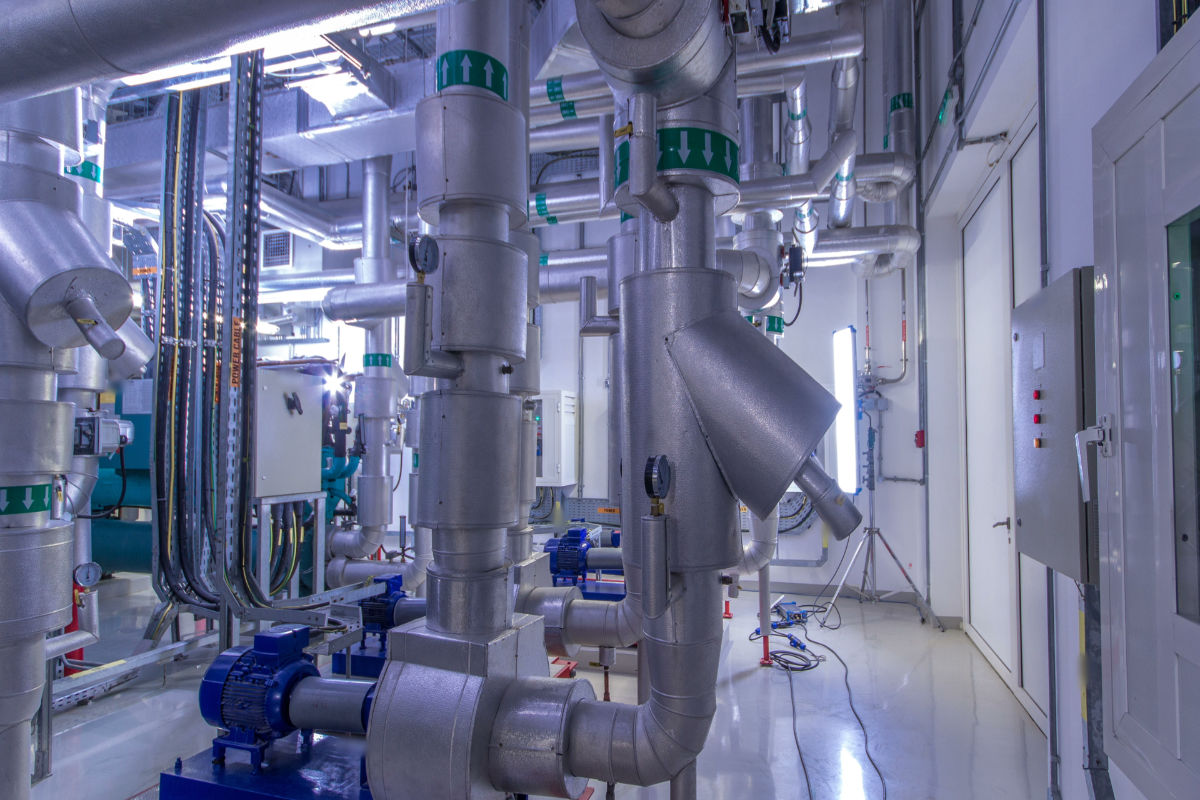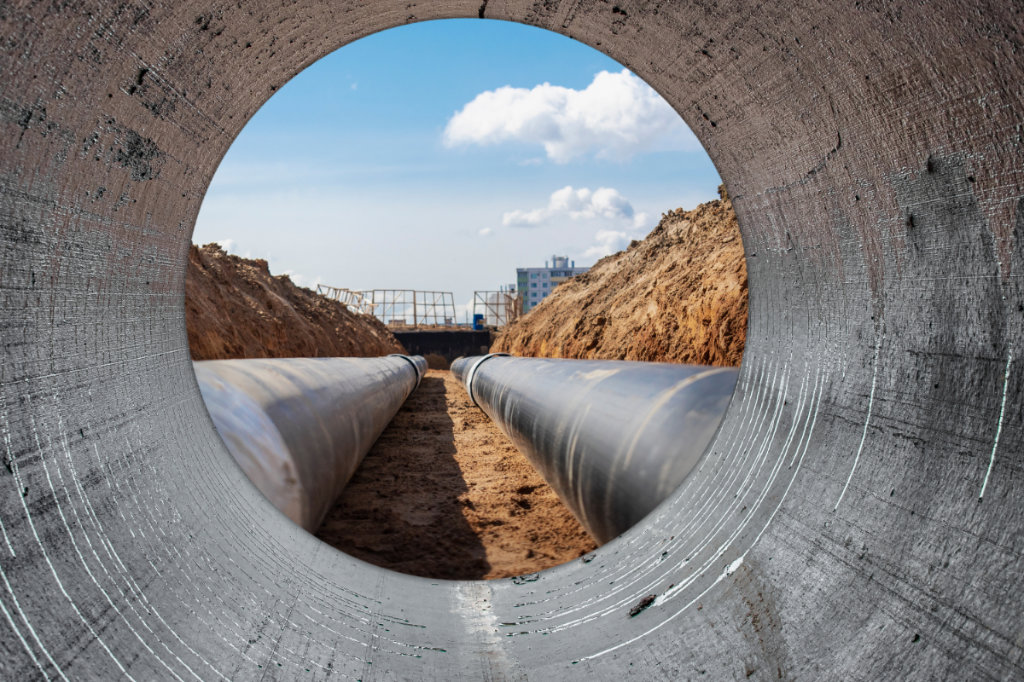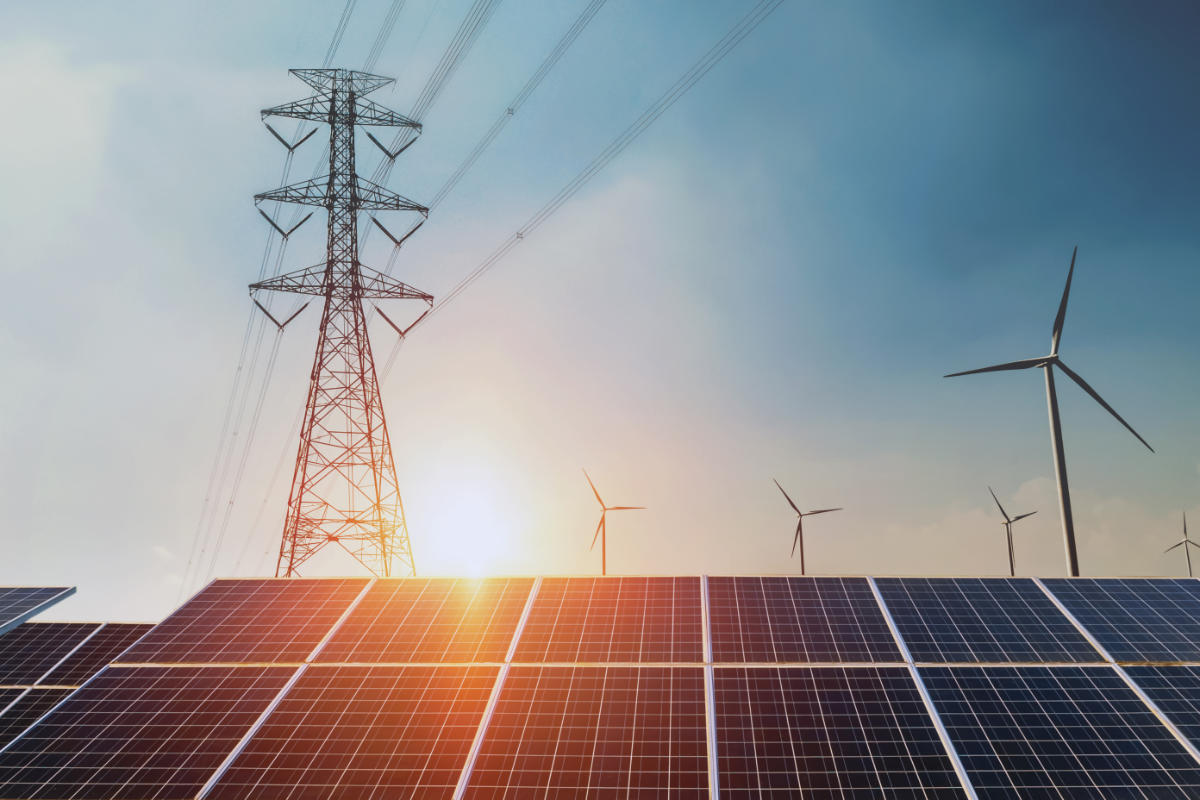Our energy landscape is changing rapidly. Factors such as climate change, technological advancements, and shifting consumer preferences are driving a rapid evolution of energy delivery systems worldwide. As we become ever more conscious of our impact on the planet, the drive toward sustainable, renewable alternatives must work in tandem with the need to deliver more power to cope with modern demands.
This balance has already created tremendous changes and will continue to drive the energy industry forward in new and innovative ways.
In today’s blog, we will look at some key ways energy delivery systems have already changed and will continue to transform in the coming years.
Renewable Energy Integration
Ninety percent of the world’s countries have pledged to reach carbon neutrality by 2050, and governments globally are striving to incorporate more renewable energy into their grids. Using renewable energy resources instead of fossil fuels lowers greenhouse gas emissions and helps address climate change. However, renewables also come with their own challenges.
Renewable energy sources like solar and wind power are inherently intermittent. This means their output can vary based on factors, including weather conditions and the time of day. Therefore, it is crucial to invest in energy storage solutions such as batteries and pumped hydro storage, which can store excess renewable energy during periods of high generation and discharge it when needed.
Grid operators can employ advanced forecasting techniques and grid management strategies to anticipate and mitigate fluctuations in available energy from renewable sources and manage its storage and distribution accordingly.
Smart Grid Technologies
Smart grid technologies leverage advanced sensors, communication networks, and data analytics to enhance the performance of energy delivery systems. They enable the optimization of electricity generation, transmission, and distribution processes, allowing operators to monitor electricity flows in real time and automatically adjust grid operations to boost efficiency, reliability, and cost-effectiveness.
This optimization is particularly important in the context of renewable energy integration, where the variable and intermittent nature of renewable energy sources requires agile and responsive grid management.
Grid Modernization Initiatives
The current electrical grid is increasingly unable to keep pace with the modern world’s increasing demand for energy. Therefore, grid modernization is required to enable more sophisticated grid management techniques and maximize the efficiency of renewable energy integration.
By leveraging data-driven insights and automation, grid modernization will enhance grid reliability, reduce operational costs, and improve overall system performance.
The variable nature of renewable energy generation can lead to fluctuations in grid voltage, frequency, and power flow, all of which may impact grid stability and reliability. Grid modernization efforts focus on enhancing grid flexibility by deploying grid-scale energy storage, demand response programs, and advanced grid control systems.
Using advanced modeling and simulation tools, grid operators can assess the potential impacts of renewable energy integration on grid performance, identify infrastructure needs, and develop long-term investment plans.
Modernizing the grid also involves incorporating flexibility and resilience considerations into grid planning processes to ensure the reliable and sustainable operation of the grid under evolving energy demand scenarios.
Distributed Energy Resources (DERs)
Unlike traditional centralized power plants, distributed energy resources (DERs) are dispersed across the grid and often interconnected with local distribution networks. This decentralization reduces dependence on large-scale, centralized infrastructure and fosters a more resilient and adaptable energy system.
DERs enable consumers to generate, store, and manage their electricity, reducing reliance on centralized utilities and promoting energy independence, resilience, and sustainability as well as empowering energy consumers to take greater control of their energy usage, costs, and environmental impact. Through mechanisms such as net metering, feed-in tariffs, and peer-to-peer energy trading, consumers can become prosumers—actively producing, storing, and managing their own energy and participating in energy markets.
DERs can also provide valuable support to the grid by enhancing grid stability, reliability, and resilience. For example, DERs equipped with energy storage systems can store excess energy during periods of low demand or high renewable energy generation and then discharge it when and where it is needed.
Challenges Moving Forward
Despite impressive innovation and rapid change in recent years, the energy industry still faces significant challenges. In this section, we will look at three of the most immediate and pressing.
Energy Storage
Deploying cost-effective and scalable energy storage solutions is crucial for overcoming the intermittency of renewable energy sources and enhancing grid flexibility.
While technologies such as lithium-ion batteries and pumped hydro storage show promise, scaling up energy storage deployment and reducing costs remain significant challenges. Considerable research and development efforts will be needed to advance next-generation energy storage technologies and improve energy storage performance, reliability, and affordability.
Grid Resilience and Cybersecurity
Ensuring the resilience and cybersecurity of the grid against physical and cyber threats, natural disasters, and extreme weather events is a pressing challenge.
The grid infrastructure must be hardened and fortified to withstand disruptions and recover quickly from outages. In addition, robust cybersecurity measures are needed to protect critical grid assets, systems, and data from cyberattacks, ransomware, and other malicious activities that could disrupt energy delivery and compromise grid reliability.
Policy and Regulatory Uncertainty
Uncertainty surrounding energy policy, regulations, and incentives creates challenges for long-term planning and investment in the energy sector. Inconsistent or changing policy frameworks, regulatory barriers, and political instability can all hinder innovation, stifle investment, and impede the transition to the sustainable and resilient energy future that is sorely needed.
Clear, stable, and supportive policy environments are essential for fostering innovation, attracting capital, and driving the adoption of clean energy technologies and practices.
Learn More
Here at MAC, we work alongside an array of companies and organizations on the front lines of the evolving energy landscape, manufacturing and supplying many of the component parts that keep these critical power distribution systems running.
If you would like to learn more about any of our products or anything we have covered in this post, please contact us, and a member of our team will be pleased to assist you.
Related Posts

What is the Custom Fabrication Process and Why Is It Crucial for Electrical Utility and Transit Projects?

Revolutionizing Cable Cooling: Innovative Solutions for Efficiency and Sustainability in Electrical Utilities




